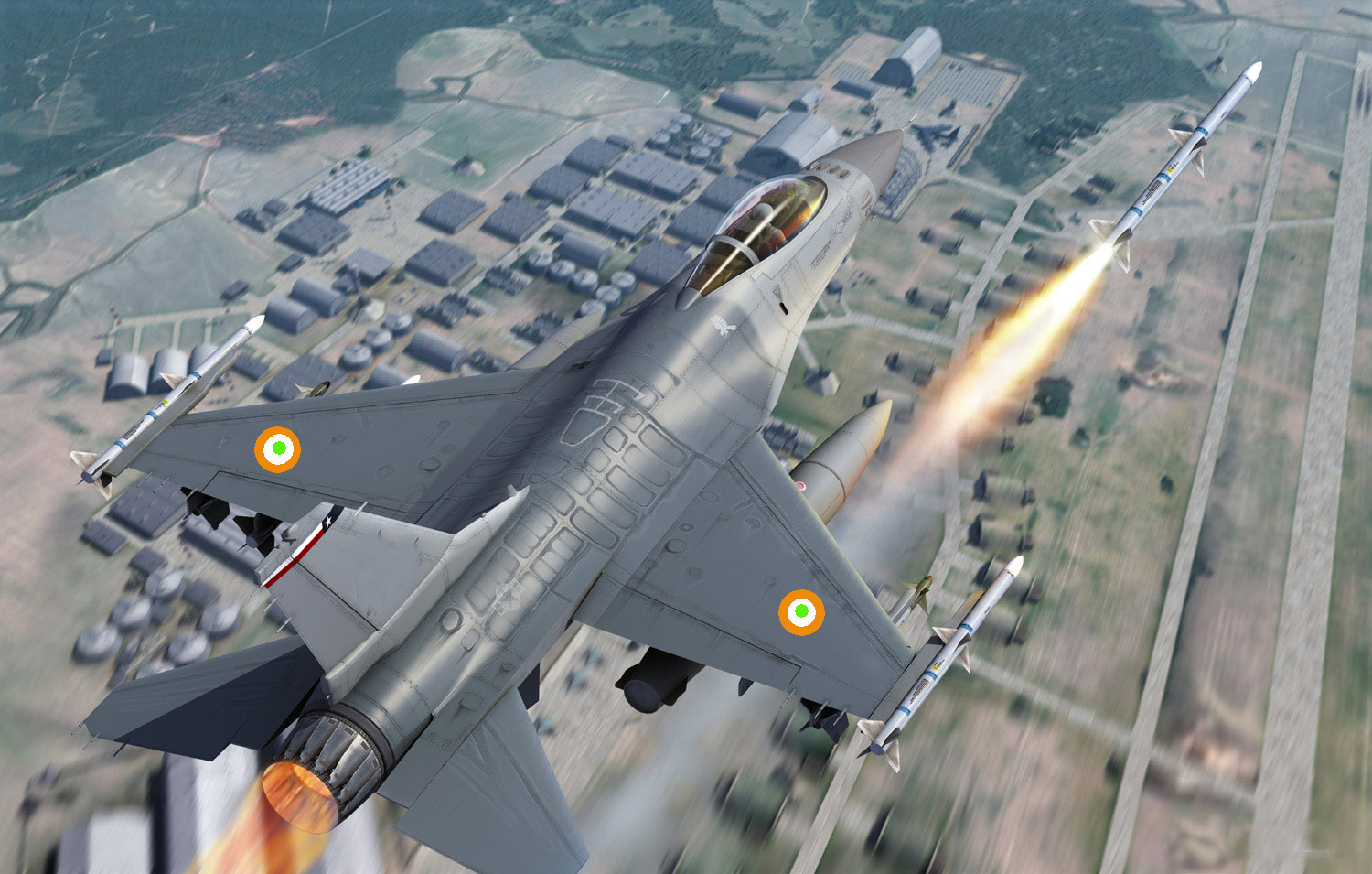US lifts curbs on ISRO, DRDO
WASHINGTON: The United States on Monday removed several Indian government defense-related companies, including four subsidiaries each of DRDO (Defense Research and Development Organisation) and ISRO (Indian Space Research Organization), from the so-called Entity List, in an effort to drive hi-tech trade and forge closer strategic ties with India.
With this, the 13-year old squeeze on export of high-tech, dual-use items to the Indian defence and space entities, imposed after India's nuclear tests in 1998, comes to an end. "Today's action marks a significant milestone in reinforcing the US-India strategic partnership and moving forward with export control reforms that will facilitate high technology trade and cooperation," U.S Commerce Secretary Gary Locke said in a statement after the administration issued a federal notification removing the curbs.
The lifting of curbs, described by the administration as the "first steps" to implement the export control policy initiatives announced by President Obama and Indian Prime Minister Singh on November 8, 2010, precedes a visit to New Delhi on February 6 of Secretary Locke, who is leading 24 U.S. businesses on a high-tech trade mission to India hoping to snag billions of dollars of export orders. It also comes on the eve of India's Republic Day.
The Indian Government-run companies that have been relieved from the onerous curbs on U.S exports include Bharat Dynamics Ltd(BDL), which makes India's missiles and munitions; four subsidiaries of DRDO (Armament Research and Development Establishment (ARDE), Defense Research and Development Lab (DRDL), Missile Research and Development Complex; and Solid State Physics Laboratory); and four subsidiaries of ISRO (Liquid Propulsion Systems Center (LPSC), Solid Propellant Space Booster Plant (SPROB), Sriharikota Space Center (SHAR), and Vikram Sarabhai Space Center (VSSC).
Removing the nine organizations from the Entity List eliminates a license requirement specific to the companies, and results in the removed companies being treated the same way as any other destination in India for export licensing purposes, U.S officials explained, rejecting the broad notion that the entities were under sanctions. Most import requests by the Indian entities were considered on a case-by-case basis, with presumption of denial changing to assumption of approval as ties improved after the tense months that followed the nuclear tests.
Now, it would appear the relaxation of export controls is aimed at more than just ginning up hi-tech trade and American exports. An administration official who briefed correspondents on background left little doubt that the relaxation had larger strategic implications, pointing out that the re-ordering of rules to exempt India spanned three U.S administrations and Presidents and two Indian governments and Prime Ministers, and was result of greater engagement and growing trust between the two countries.
Following up on exemptions long sought by India, in a process that involved tortured negotiations, the U.S Commerce Department's Bureau of Industry and Security (BIS) on Monday published a Federal Register Notice which updates the Export Administration Regulations (EAR) relating to India in several ways. They include not just lifting curbs on the Indian entities, but also removing India from several country groups in the EAR resulting in the removal of export license requirements that were tied to India's placement in those country groups. Countries that figure in EAR include China, Pakistan, Russia, and in some instances, even Israel.
In addition, the Obama administration is also paving way to induct India to a country group in the EAR that consists of members of the Missile Technology Control Regime MTCR), "to recognize and communicate India 's adherence to the regime, the U.S.-India strategic partnership, and India 's global non-proliferation standing," the BIS notification said.
While the changes move India into different league altogether, Washington also has several requirements from New Delhi to ensure it stays in line with its non-proliferation goals. "These changes reaffirm the U.S. commitment to work with India on our mutual goal of strengthening the global nonproliferation framework," Under Secretary of Commerce Eric Hirschhorn, said in a statement on the occasion of the changes.
TOI
.







